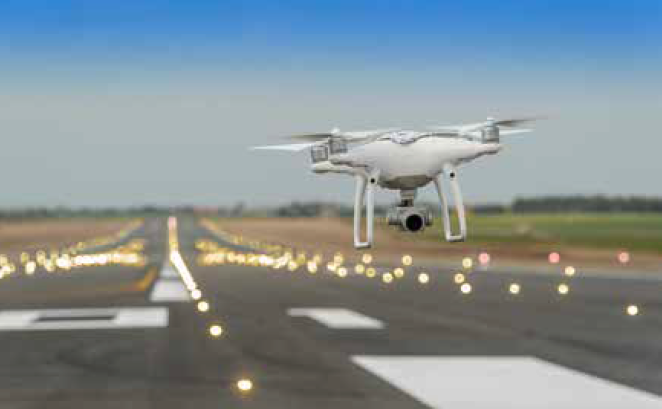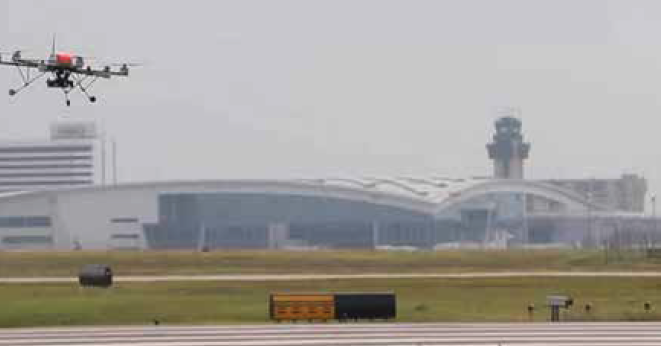RELATED CAPABILITIES:
Right-of-way Rules (A54_A11L.UAS.97)
Right-of-Way rules govern the interactions between aircraft in order to preserve safety. Right-of-Way rules are derived in part from the See-and-Be-Seen safety concept, the maneuverability limitations of aircraft types to give way, and other safety considerations. Ambiguity exist for certain Unmanned Aircraft System (UAS) operations and the right-of-way rules that they should follow. Part 107.37 applies to small UAS (sUAS) and states that sUAS must give way to all other aircraft including those that overtake the sUAS. Radio Technical Commission for Aeronautics (RTCA) DO365 and RTCA DO365 UAS standards have been developed suggesting compliance with Part 91.113, where non-cooperative manned aircraft overtaking the UAS must give way and pass on the right of the UAS. There is ambiguity for mid-sized UAS that may be difficult for other pilots to see. Rules have yet to be developed for interactions between two unmanned aircraft or for UAS swarms. Right-of-way rules impact UAS Detect and Avoid (DAA) requirements and the development of industry standards. This research explored right-of-way rules for diverse UAS operations and made safety-based recommendations for consideration by Federal Aviation Administration (FAA) decision makers and UAS standards bodies.
FINAL REPORT | 
POC:
Paul R. Snyder
Assistant Chair | Director
UAS Program Aviation Department
John D. Odegard School of Aerospace Sciences
University of North Dakota
Email: Paul.snyder@und.edu
Phone: 701.777.2791 | 701.777.7813
Discussion:
Download additional project deliverables here:
Task 2 – UAS Gap Prioritization, UAS Safety Hierarchy, and Recommendations





